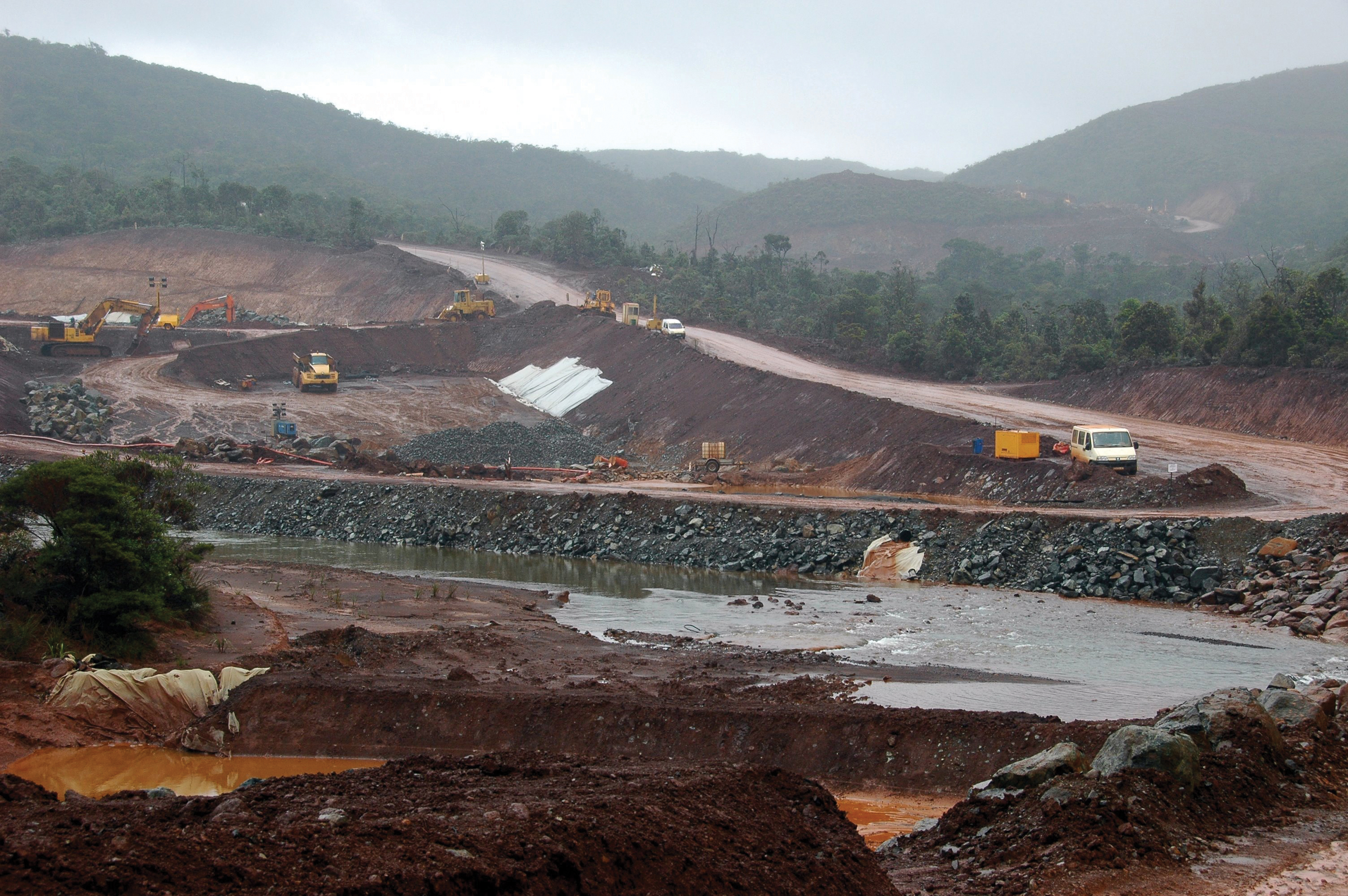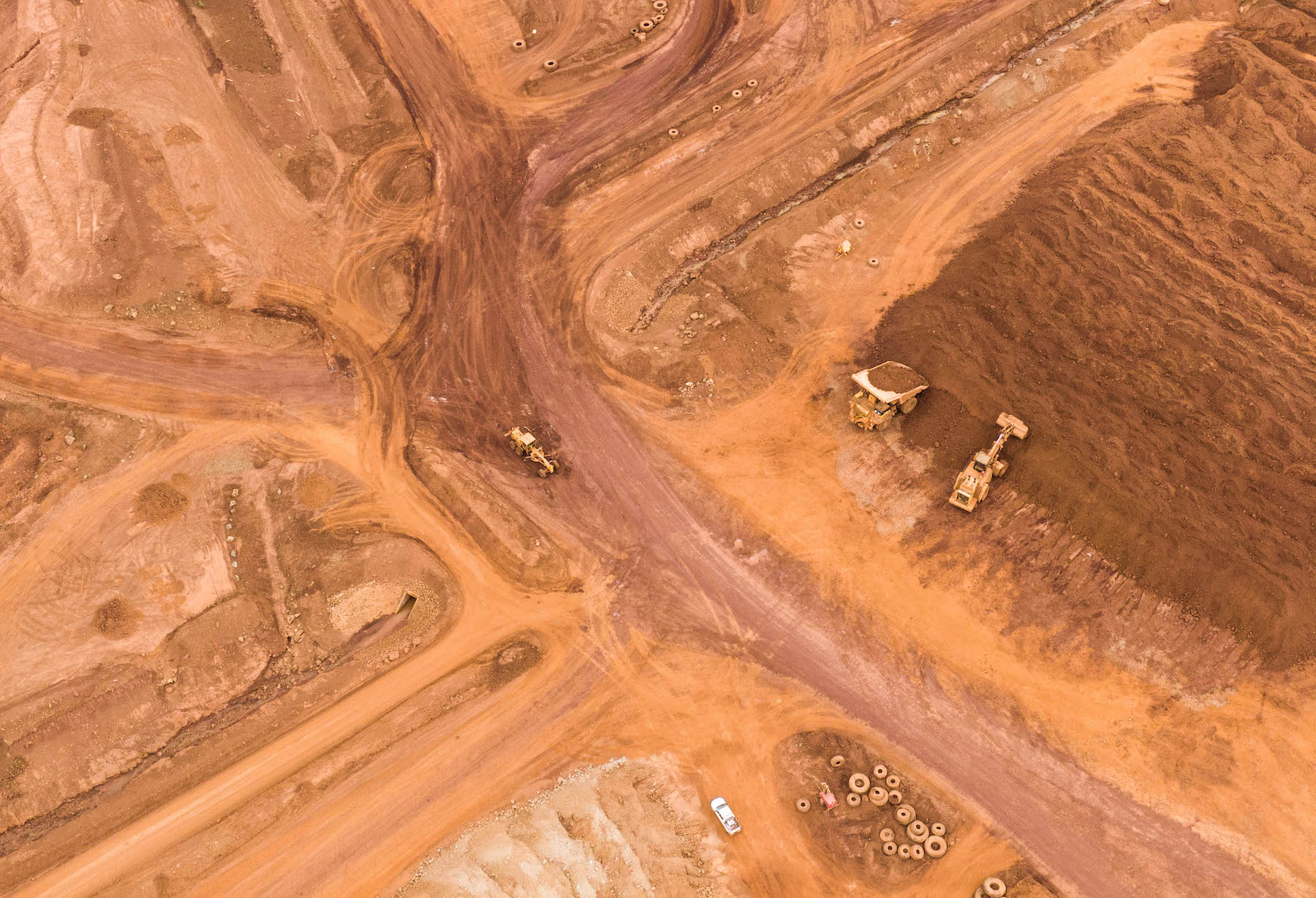Image: © Karim Iliya, SPC
To gain access to full information on nutrients and sediments, download the information sheet produced by the LMMA Network and SPC.
What are nutrients and sediments?
A nutrient is any substance that is needed by a plant or animal for food. Nutrients are therefore required by all living things. In relation to the effects on coastal waters, we are mainly concerned about nutrients that are dissolved in, or are carried by, water.
Silt consists of small particles that can be carried in water and may settle on the sea floor as sediments.
Nutrients and silt are present in most coastal waters and problems occur only when these are present in large quantities. Rain washes nutrients and silt from the land into the sea and rivers, a process often referred to as “runoff.”
How can we control nutrients and sediments in coastal waters?
Excessive loads of sediment and nutrients in runoff and in coastal waters are mainly due to the poor management of land-use.
Ideally, government authorities should work with farmers, developers and communities to promote more sustainable land-use practices in what is often called Integrated Coastal Zone Management. Some possible actions are listed below.
Improve the disposal of sewage
Wastewater from sewage treatment plants and overflows from septic tanks (underground tanks in which sewage is decomposed by bacteria) must not be allowed to enter rivers or coastal waters. In some cases, bananas and other crops have been planted near outfalls and overflows where they absorb these nutrients before they reach the sea.
Reduce runoff from farms
Water running over farms often contains chemicals to kill weeds and pests as well as nutrient fertilizers such as nitrogen and phosphorus. Plants and crops can be planted in flat areas around a hillside in contour farming. The flat areas or terraces can be edged by trees to reduce the risk of erosion, land slip and water siltation.
Ban sand mining from beaches
In some Pacific Island countries sand in mined from beaches and this causes erosion of the shoreline and plumes of silt in coastal waters.
Protect or plant bands of shrubs and trees near rivers and along the foreshore
Shrubs and trees near rivers and along the foreshore should be protected and bare areas re-planted. Natural vegetation, including mangrove trees at the seas edge, prevents erosion as well as nutrients and sediments from reaching the water.
Install temporary sediment fences around construction sites in coastal areas
Construction and reclamation sites in coastal areas should include sediment fences of material with small meshes laid along the contours of the land. Bales of hay or sugar cane straw have also been used to capture silt before it enters the sea.
Contour farming, in which cultivation is on terraces edged by trees, reduces the risk of erosion, land slip and water siltation.
Where do nutrients and sediments come from?
Soils in Pacific Island countries are generally shallow. When trees and shrubs are removed and the land is cleared for buildings or farms, the bare soil has no natural protection. Rain washes the fine material from the soil as silt down hillsides into the sea. Silt comes from many sources including runoff from reclamation, development, mining, agriculture and forestry.
Human and stock waste is called sewage, which contains bacteria and viruses as well as nutrients. Sewage enters coastal waters from farms, overflowing septic tanks and inadequate sewerage systems.
Many marine organisms are affected by nutrients and sediments but none as much as coral reefs. This is because coral reefs only grow in clear, sediment-free waters. Microscopic plants, called zooxanthellae, which live inside the coral’s tissues, need sunlight to produce food that is shared with the corals.
Besides preventing sunlight reaching corals, silt settles on the seafloor as sediments. These sediments may cover hard surfaces making them unsuitable for places where new corals can settle and grow. Large amounts of silt in the water can also affect fish by cutting their delicate gill tissues.
Excessive nutrients, most often from fertilizers and sewage, cause plants to grow rapidly. In some lagoons seaweeds may grow faster than corals and take up spaces that new corals could have occupied. Small plants (called epiphytes) cover seagrass leaves and prevent sunlight reaching them. Dense mats of seaweed may grow over hard corals and some bacteria from sewage causes a coral disease called White Band Disease.
As large quantities of plants die and rot away, bacteria uses up the oxygen dissolved in the water. This effect, called eutrophication, can cause the death of many marine species including fish.
Large quantities of nutrients can also allow very small drifting plants (phytoplankton) to increase in large numbers or blooms. Some of these, called harmful algal blooms (or HABs), are dangerous to marine life and humans and include those responsible for the fish poisoning called ciguatera.
Related resources

To gain access to full information on nutrients and sediments, download the information sheet.

